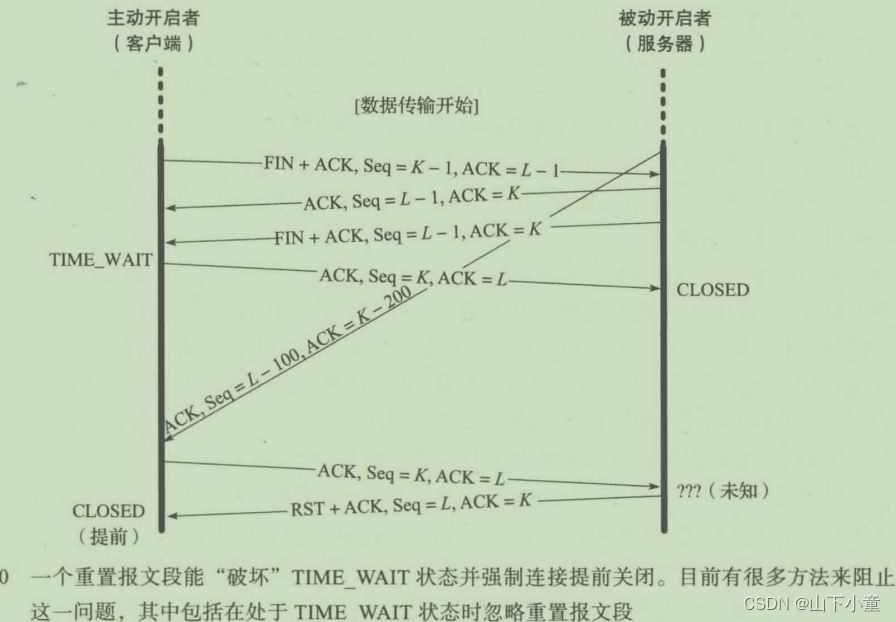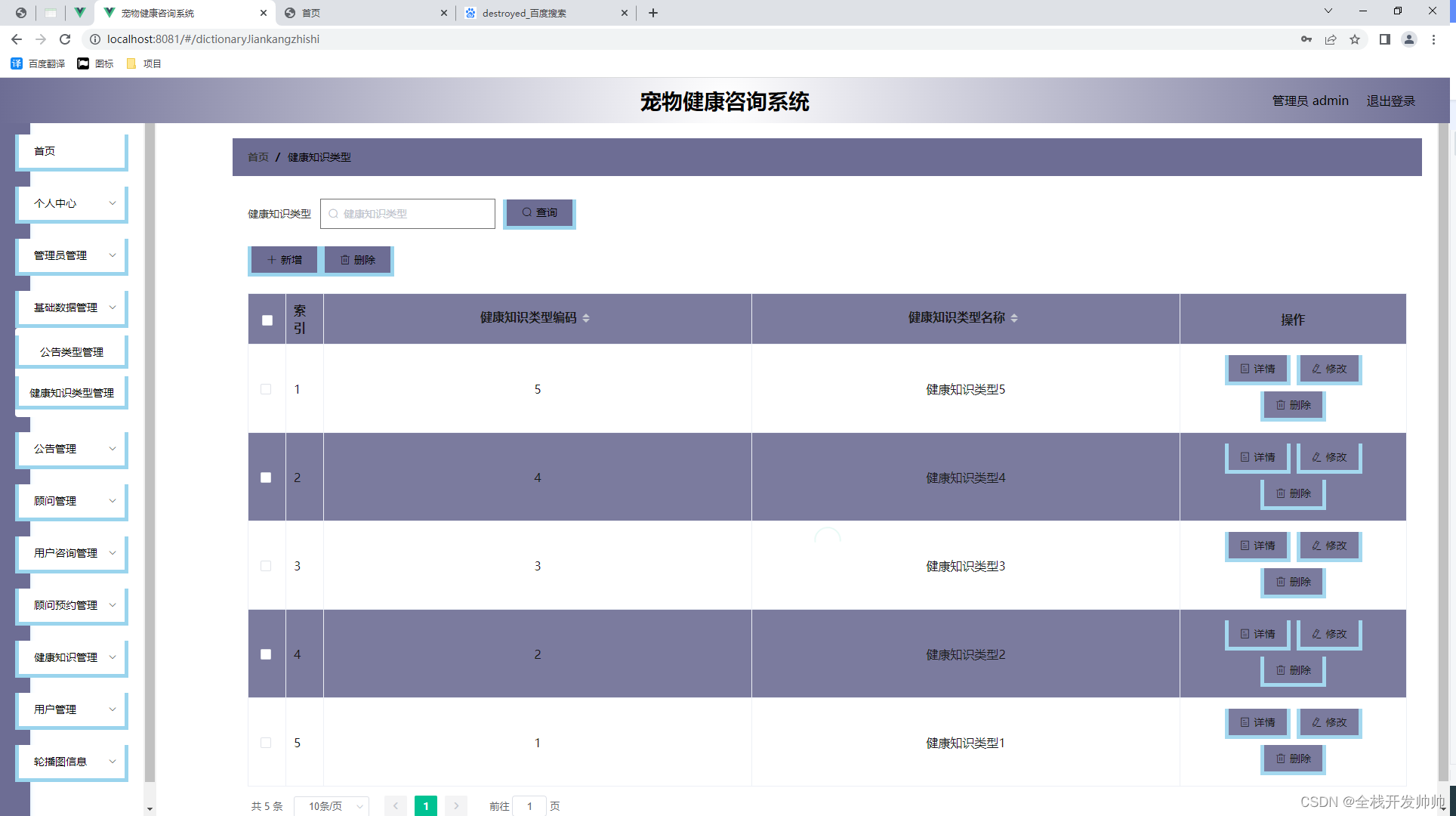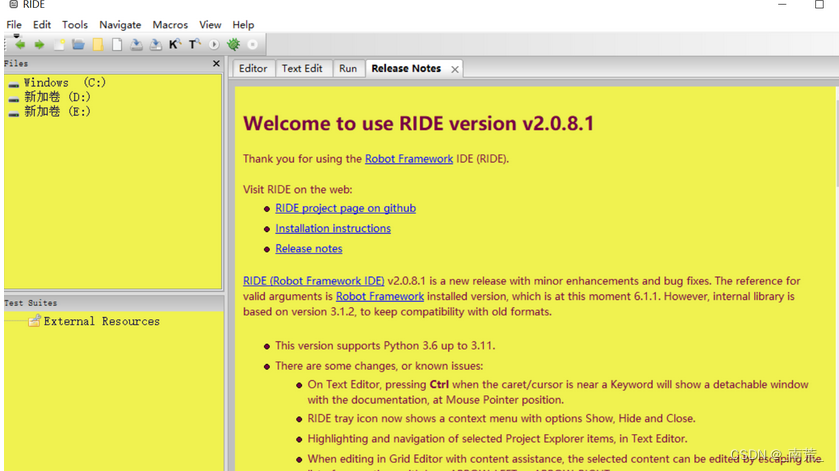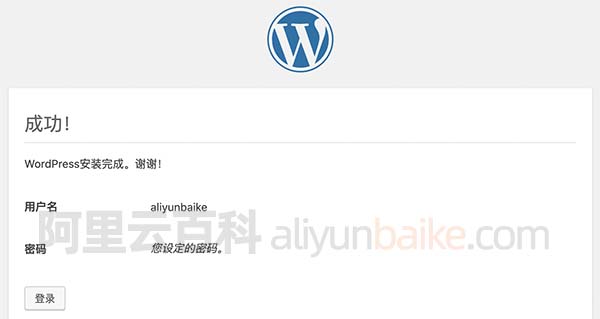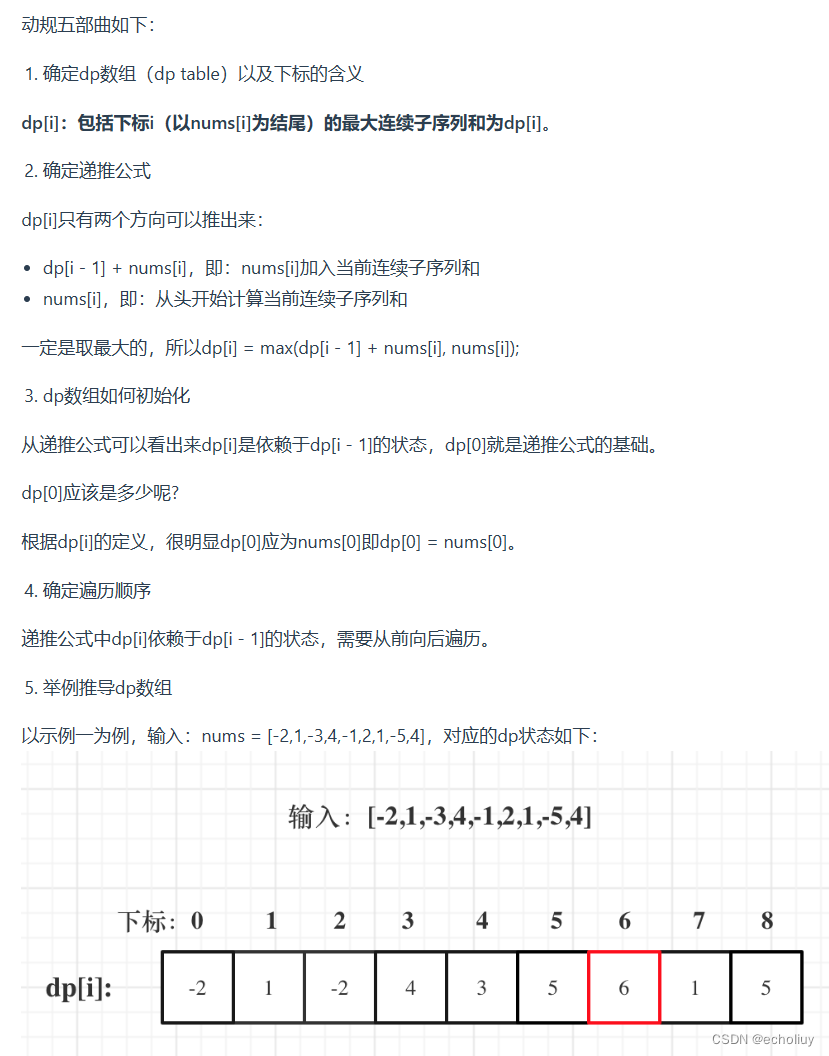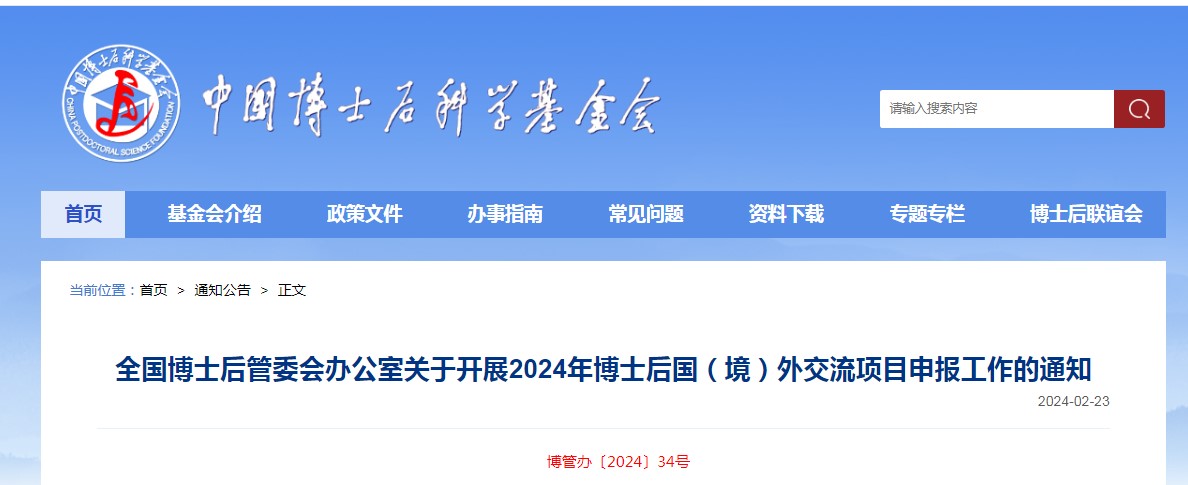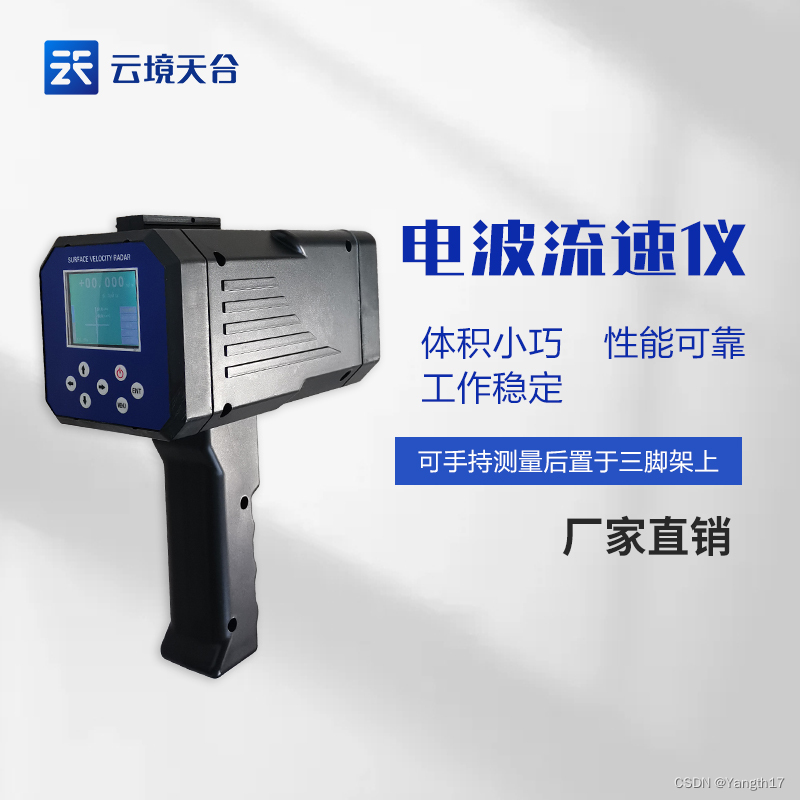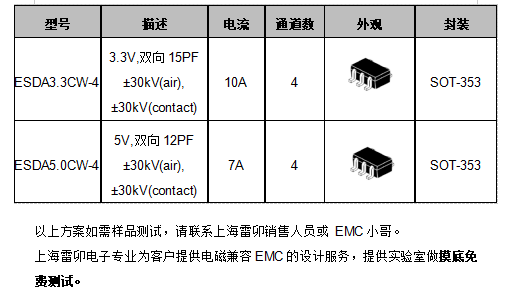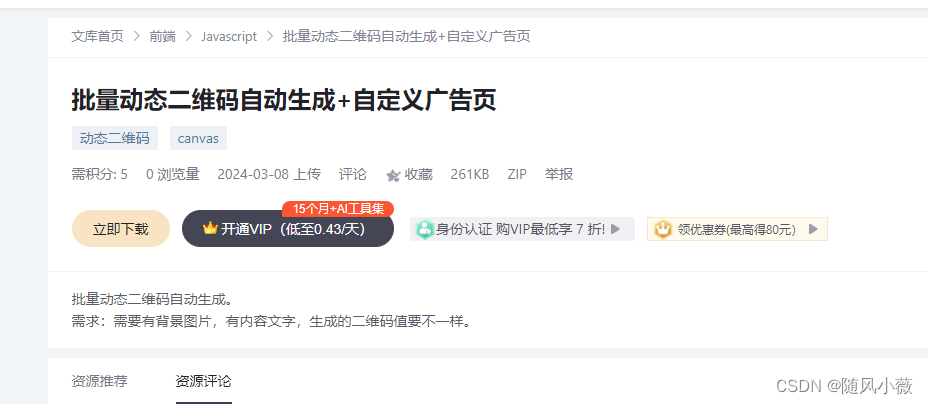简述
typeorm是一个数据库orm框架,在nestjs官网中有提到,可以充分发挥利用typescript的特性,当然也支持js其中涉及的概念包括
- DataSource 数据源,Connection 连接数据库
- Entity 实体,实体类映射数据库表
- Relation 关系,定义实体类之间的关系,也就是数据库表之间的关系,一对一,多对一,多对多。
- Entity Manager和Repository,Entity Manager可以管理创建连接时配置的所有实体,而Repository只能操作对应的实体,两个的api几乎的差不多的
- QueryBuilder,用来创建更复杂的sql查询,灵活度比较高。
使用typeorm cli快速创建项目
全局安装typeorm
typeorm cli的相关命令,可以快速测试初始化项目,生成实体等等
npm install typeorm -g
初始化项目
typeorm init --name MyProject
安装连接数据库驱动包,这里以msyql为2,安装msyql2
npm install mysql2
创建连接
import "reflect-metadata"
import { DataSource } from "typeorm"
export const AppDataSource = new DataSource({
type: "mysql",
host: "localhost",
port: 3306,
username: "root",
password: "zhuang",
database: "typeorm_test",// 连接的数据库
synchronize: true,// 开发过程使用,可以同步修改表结构,生产切忌使用。
logging: true,// 打印输出sql语句
connectorPackage: "mysql2",// 驱动包
entities: ["./**/entity/*.ts"],// 指定entity文件,也可以是实体数组,[User]
migrations: [],
subscribers: []
})
定义实体Entity
使用typeorm的装饰器定义实体
装饰器列表
快速成实体
typeorm entity:create -n User
typeorm entity:create src/entity/HelloWorld # 快速生成实体类
实体装饰器
- @Entity(),@Entity({name:“指定表名”}) ,声明该类是实体类,对应表,表名默认是类名 Class 的小写下划线分割。
@Entity()
@Entity("user")
@Entity({
name: "users",// 表名
engine: "MyISAM", // 数据库引擎
database: 'example_dev',// 数据库
synchronize: false,// 是否同步更该表结构
orderBy: {// 查询时的默认排序
name: "ASC",
id: "DESC"
}
})
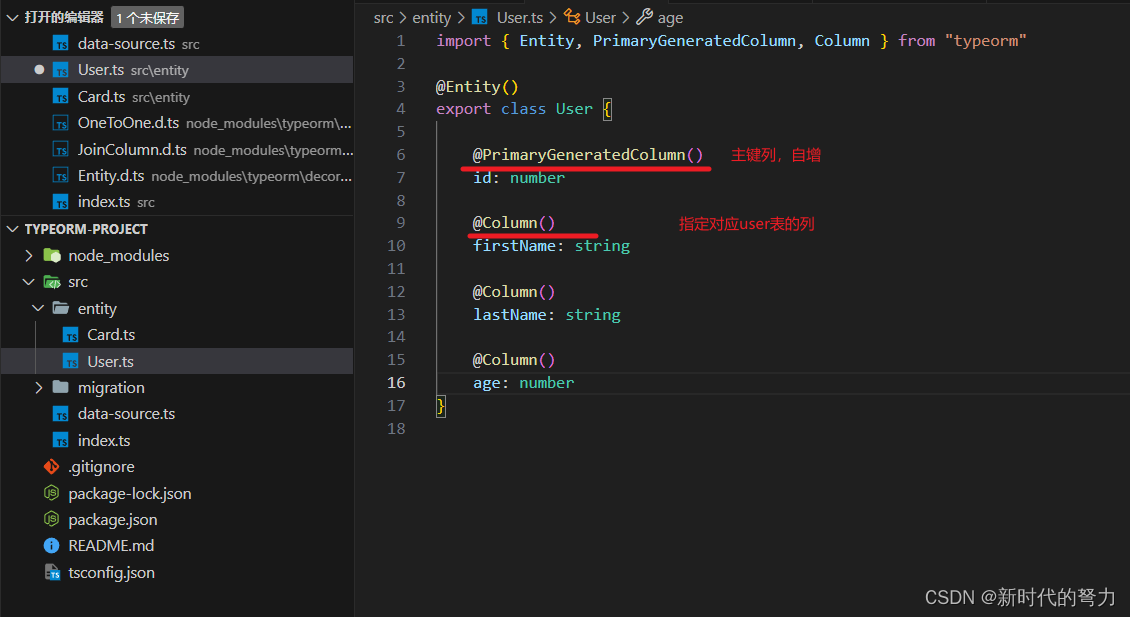
- @ViewEntity(),视图实体,不会对应表
@ViewEntity({
expression: `
SELECT "post"."id" "id", "post"."name" AS "name", "category"."name" AS "categoryName"
FROM "post" "post"
LEFT JOIN "category" "category" ON "post"."categoryId" = "category"."id"
`
})
export class PostCategory {}
列装饰器
- @Column(),用来定义实体对应表列,默认对应的列名就是实体的属性名,可以配置,属性的数据类型没有显示指定的话,typeorm会根据ts的类型自动推断,在
mysql中,string - varchar(255), boolean - tinyint, number - int,Date - datetime(6) - @PrimaryGeneratedColumn(), 相当于
@Column({primary:true})具体的列装饰器都是固定了一些配置的装饰器. - @CreateDateColumn(),自动插入
- @UpdateDateColumn(),自动更新
@Entity("users")
export class User {
@Column({ primary: true }) // 配置主键, @PrimaryGeneratedColumn("uuid"),配置uuid主键
id: number;
@Column({ type: "varchar", length: 200, unique: true })// 配置数据库中具体类型,长度,唯一
firstName: string;
@Column({ nullable: true })// 配置是否为空
lastName: string;
@Column({ default: false })// 配置默认值,boolen默认类型被转换为 tinyint, false 对应 0,true 对应 1
isActive: boolean;
@CreateDateColumn() // 创建时自动插入
createdDate: Date;
@UpdateDateColumn() // 更新时自动更新
updatedDate: Date;
}
关系装饰器
指定表之间的关系,默认配置会生成物理外键,可以通过配置RelationOptions中{createForeignKeyConstraints:false},不生成外键约束。一般该配置位于装饰器的最后一个参数,如下配置:
/**
* 描述表之间关系的配置
*/
export interface RelationOptions {
/**
* 配置不同表之间插入或更新时,相关的对象怎么配置,cascade:true 表示级联,如 user.roles, 当save的时候,把关联的roles实体也保存或者更新
* If set to true then it means that related object can be allowed to be inserted or updated in the database.
* You can separately restrict cascades to insertion or updation using following syntax:
*
* cascade: ["insert", "update", "remove", "soft-remove", "recover"] // include or exclude one of them
*/
cascade?: boolean | ("insert" | "update" | "remove" | "soft-remove" | "recover")[];
/**
* Indicates if relation column value can be nullable or not.
*/
nullable?: boolean;
/**
* 配置外键的onDelete
* Database cascade action on delete.
*/
onDelete?: OnDeleteType;
/**
* 配置外键的onUpdate
* Database cascade action on update.
*/
onUpdate?: OnUpdateType;
/**
* Indicate if foreign key constraints can be deferred.
*/
deferrable?: DeferrableType;
/**
* Indicates whether foreign key constraints will be created for join columns.
* Can be used only for many-to-one and owner one-to-one relations.
* Defaults to true.
* 创建外键,默认是true
*/
createForeignKeyConstraints?: boolean;
/**
* Set this relation to be lazy. Note: lazy relations are promises. When you call them they return promise
* which resolve relation result then. If your property's type is Promise then this relation is set to lazy automatically.
*/
lazy?: boolean;
/**
* Set this relation to be eager.
* Eager relations are always loaded automatically when relation's owner entity is loaded using find* methods.
* Only using QueryBuilder prevents loading eager relations.
* Eager flag cannot be set from both sides of relation - you can eager load only one side of the relationship.
*/
eager?: boolean;
/**
* Indicates if persistence is enabled for the relation.
* By default its enabled, but if you want to avoid any changes in the relation to be reflected in the database you can disable it.
* If its disabled you can only change a relation from inverse side of a relation or using relation query builder functionality.
* This is useful for performance optimization since its disabling avoid multiple extra queries during entity save.
*/
persistence?: boolean;
/**
* When a parent is saved (with cascading but) without a child row that still exists in database, this will control what shall happen to them.
* delete will remove these rows from database.
* nullify will remove the relation key.
* disable will keep the relation intact. Removal of related item is only possible through its own repo.
*/
orphanedRowAction?: "nullify" | "delete" | "soft-delete" | "disable";
}
- OneToOne(),拥有该列的是从表,拥有关系的一方,即拥有xxxId的一方必须和@JoinColumn()配合使用。第一个参数是一个函数,返回关联的实体类,第二个参数如果有,是指定关系的反方,即关联字段的那方的实体类可以通过它的xxx属性来查询关系,第三个参数是配置关系的选项,包括
cascade级联,createForeignKeyConstraints创建外键,eager查询时总是把关系类也查出来。其他的关系装饰器也大抵如此。
cascade:true只能有一方配置,如果两边都配置cascade:true会报错,如果两边都配置,只要有一边不要配置cascade:[“remove”]就行。如果没有cascade:true关系,那么保存实体时,关联的实体必须先保存到数据库中,否则报错。
报错信息如下:

@Entity()
export class User {
// 指定关联实体,假如Profile实体通过@OnetoOne() 声明 user:User 字段,那么查询profile时也可以查询到user类
@OneToOne(type => Profile, profile => profile.user,{
createForeignKeyConstraints:false// 不创建外键
})
@JoinColumn() // 表示user表有profileId字段关联 profile 表,
profile: Profile;
}
- ManyToOne(),拥有该列的表是从表,默认生成关联id,多对一的情况下,可以省略 @JointColumn(), 除非想指定 关联id 和关联列
- OneToMany(),反向关系,用在一的一方
@Entity()
export class Photo {
@PrimaryGeneratedColumn()
id: number;
@Column()
url: string;
// 第二个参数指定另一面关系的关联属性,这里可以省略 @JoinColumn(),默认生成字段 userId
@ManyToOne(() => User, user => user.photos)
user: User;
}
@Entity()
export class User {
@PrimaryGeneratedColumn()
id: number;
@Column()
name: string;
@OneToMany(() => Photo, photo => photo.user)
photos: Photo[];
}
- ManyToMany()
双方都必须使用,而且必须有一方使用@JoinTable()
@Entity()
export class Post {
@ManyToOne(type => Category)
@JoinColumn({
name: "cat_id",// 指定列名
referencedColumnName: "name" // 引用的Category的列名
})
category: Category;
}
- JoinColumn()
指定关系列字段,用于一对一,多对一和多对多,可以设置 cascade,createForeignKeyConstraints,以及另一面的关系属性。 - JoinTable()
用于多对多添加中间表,并指定拥有关系的列,只需要一方添加即可。一般要配合@ManyToMany()使用,还可以配置关联表名称和指定关联的列名和关联表的列名 - RelationId()
可以获取关联的实体的id,包括多对一和多对多,此 id 仅用于展示,对其修改并不会增删改关系
@Entity()
export class Post {
@ManyToOne(type => Category)
category: Category;
@RelationId((post: Post) => post.category) // 需要指定目标关系
categoryId: number;
}
@Entity()
export class Post {
@ManyToMany(type => Category)
categories: Category[];
@RelationId((post: Post) => post.categories)
categoryIds: number[];
}
